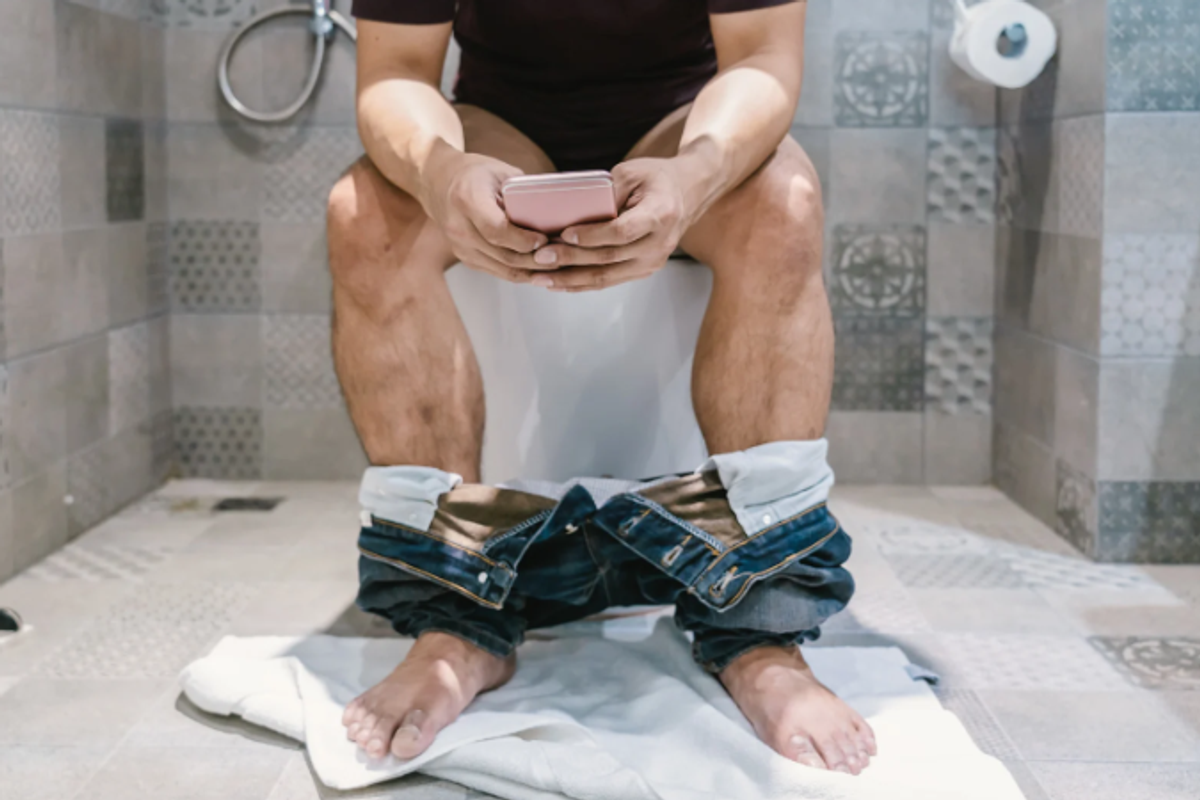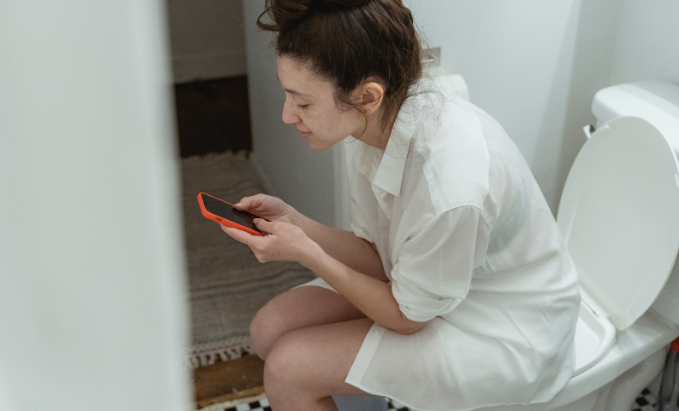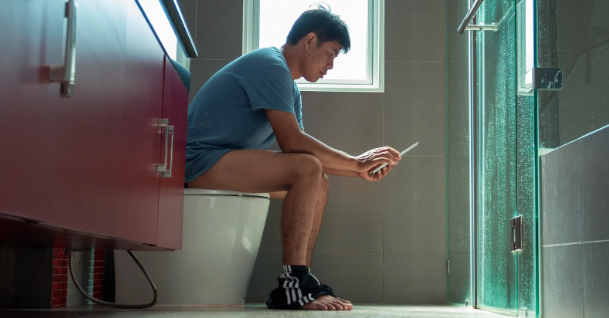In 1904, a schoolteacher named Lewis W. Hine started photographing immigrants as they arrived at Ellis Island.
Photography turns light into a palpable record of a moment in time, which is incredible when you think about it. And Hine knew just how powerful those moments could be.
An Albanian woman from Italy at Ellis Island in 1905 (left) and an Armenian man in 1926 who was fleeing persecution in Turkey (right). Photos by Lewis W. Hine/The New York Public Library.
Hine was working as a teacher and photographer at the Ethical Culture School in New York City when he started taking his students on field trips to Ellis Island to show them the conditions of millions of immigrants.
He believed that if people could see images of the abuse and injustices that were happening in America, it might make social reform a reality.
And, eventually, his dream started coming true. He's now known for creating images that brought to light scenes of child labor, poor living conditions, unemployment, immigration, and human ingenuity.
After he left his teaching position, he went on to work with the National Child Labor Committee — which lobbied for the abolition of child labor — to document and expose the exploitative practices in the United States. His photos were used in publications all over the world, and they inspired many people to fight for change.
Self-Portrait by Lewis W. Hine/Wikimedia Commons.
By capturing intangible moments of reality, Hine connected human faces to society's wrongdoings.
Here are some of the thousands of images that Hine took during his life — pictures that brought dignity to millions of Americans and helped enact positive change:
Hine gave voice to the voiceless in an era when communication was limited.
A group of Slavic immigrants at Ellis Island in 1905. Photo by Lewis W. Hine/The New York Public Library.
“There are two things I wanted to do. I wanted to show the things that had to be corrected. I wanted to show the things that had to be appreciated,” Hines said about his work.
Group of immigrants from Italy at Ellis Island in 1905. Photo by Lewis W. Hine/The New York Public Library.
He followed the immigrant experience to the tenement buildings in major cities and helped expose terrible living conditions.
A mother and her two children live in one room on the top floor of a building in New York. Photo by Lewis W. Hine/The Library of Congress.
His work with the NCLC often required him to sneak into factories and workshops with a disguise to avoid notice.
Two young boys working a spinning frame at a mill in Macon, Georgia, in 1909. Photo by Lewis W. Hine/The Library of Congress.
"There is work that profits children, and there is work that brings profit only to employers. The object of employing children is not to train them, but to get high profits from their work,” Hines said in 1908.
Workers take a break at the Newberry Mills in South Carolina. Photo by Lewis W. Hine/The Library of Congress.
Through reform and laws enacted on the state and federal level, “by 1920 the number of child laborers was cut to nearly half of what it had been in 1910,” according to the National Archives.
Donnie Cole, known as "Our Baby Doffer," hesitantly said his age was 12 when asked by Hine. A doffer is someone who replaces spindles in spinning frames. Photo by Lewis W. Hine/The Library of Congress.
His work with National Research Project of the Work Projects Administration exposed the indescribable conditions of everyday people during the Great Depression.
Callie Campbell, 11 years old, picking cotton in Pottawatomie County, Oklahoma. When asked about her job, she said, "No, I don't like it very much." Photo by Lewis W. Hine/The Library of Congress.
His photos championed hardworking everyday people, which is most vividly shown in his incredible photos of the construction of the Empire State Building.
Two ironworkers connecting beams on the Empire State Building in 1931. Photo by Lewis W. Hine/The New York Public Library.
Hine was a beacon of humanism at a time when the world was rapidly changing. He was a champion for the exploited. He was an activist.
He was also an incredible pioneer of documentary photography in America.
Despite the power of his work, the changing times of the Great Depression stalled interest in his work, and he died in poverty in 1940. Over the years, though, his legacy has grown exponentially since his death. His investigative photos are still a stark reminder of the kinetic effect images can have on society.
By recognizing the need for change and using his photography skills to help usher it along, Hine demonstrated the true power of images.
That's something that inspires me, and other photographers, daily.
His photos are humbling reminders of the struggles of everyday people at the dawn of the modern era. They're a reminder that each of us can change the world, even if it's in a small way. And they're a reminder of the hurdles America has overcome to get to where we are today.



 In a 4-day model, kids often (but not always) receive less instructional time. Photo by
In a 4-day model, kids often (but not always) receive less instructional time. Photo by 


 A woman looking at her phone on the toilet.via
A woman looking at her phone on the toilet.via  A man looking at his phone on the toilet.via
A man looking at his phone on the toilet.via 